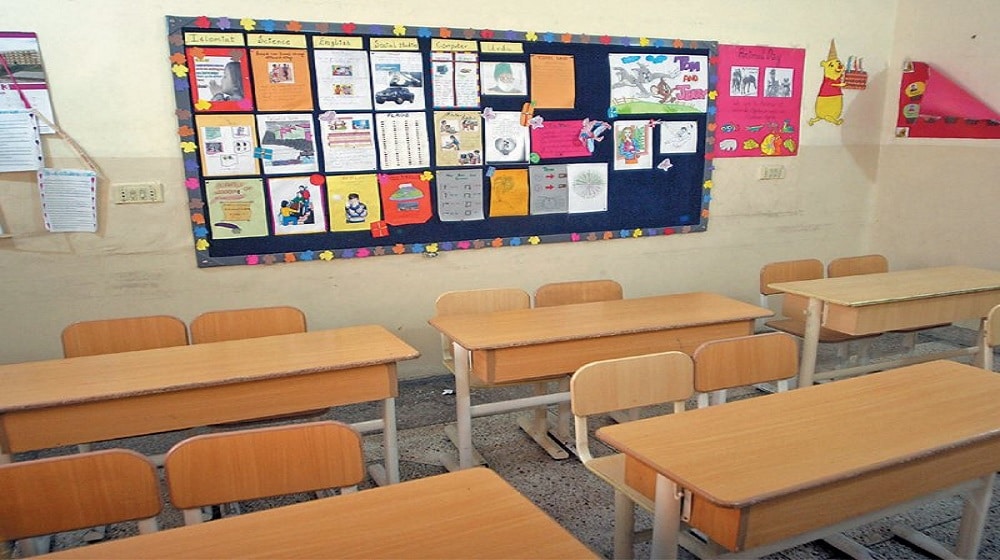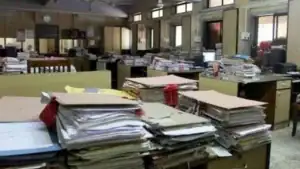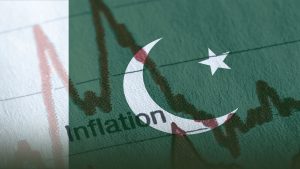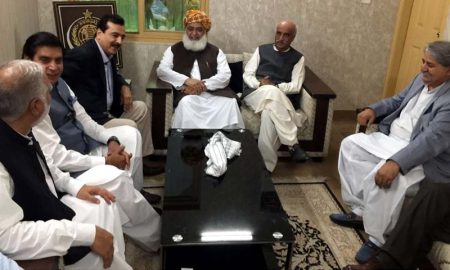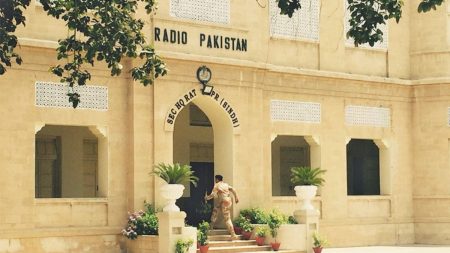Islamabad, Aug 22: In Punjab, 401 out of 825 public sector colleges—both male and female—are now without principals, accounting for over 48% of the institutions. These posts are spread throughout 36 districts.
The Higher Education Department (HED) is still putting pressure on college heads, divisional directorates, and deputy directorate offices to boost enrollment by 20% in order to hit the 800,000-student threshold in spite of this large gap. There doesn’t appear to be a strategy in place to fill the open principal positions, though.
According to recent data from the HED, Punjab has 825 public sector colleges: 377 are for boys and 448 are for girls. These colleges together serve about 715,472 students (321,191 girls and 291,281 boys). Conversely, 2,175 private colleges—of which there are 892 male and 967 female—serve 608,373 students, despite their larger enrollment than public universities. Furthermore, in Punjab’s public sector colleges, 26% of the authorized positions for lecturers (17), assistant professors (18), associate professors (19), and professors (20) are still unfilled.
According to the data, 6,876 of the 25,651 sanctioned roles are now unfilled. In particular, among the 825 public sector colleges in the province, there are 222, 819, 2,115, and 3,725 open positions in grades 20, 19, 18, and 17, respectively.
“Consider the potency of public sector colleges in comparison to private sector establishments, in the event that these positions were filled,” PPLA Punjab General Secretary Mahboob Arif stated in a statement to Dawn. He underlined the seriousness of the leadership problem and urged Chief Minister Maryam Nawaz to use the PPSC to promote existing employees and induct new lecturers into all open positions.
Mr. Arif claims that this difference shows how effective public sector organizations can be, especially in difficult situations. According to Faiza Raana, provincial leader of the Punjab Professors and Lecturers Association, filling the 401 open principal posts on the basis of merit will greatly increase enrolment in public sector colleges throughout Punjab.
Ms. Raana drew attention to the HED’s incapacity to handle other crucial leadership positions in education in an efficient manner. For example, due to a dearth of appointments, divisional commissioners presently hold seven secondary board chairman seats, with the exception of Multan and Rawalpindi. In addition, forty percent of the directorate offices at nine divisional headquarters have open positions for permanent college directors, and the HED has not yet appointed vice-chancellors for 27 Punjabi public sector institutions.
Ms. Raana emphasized that the difficulties facing the education sector are made worse by the fact that the HED is running without a dedicated minister. Many difficulties cannot be handled without a permanent HED minister; thus she requested the Chief Minister to appoint one for the 25,000-strong college teaching community. In addition, she advocated for genuine communication between the PPLA and HED leadership as opposed to depending on bureaucratic coercion to achieve regular goals.

